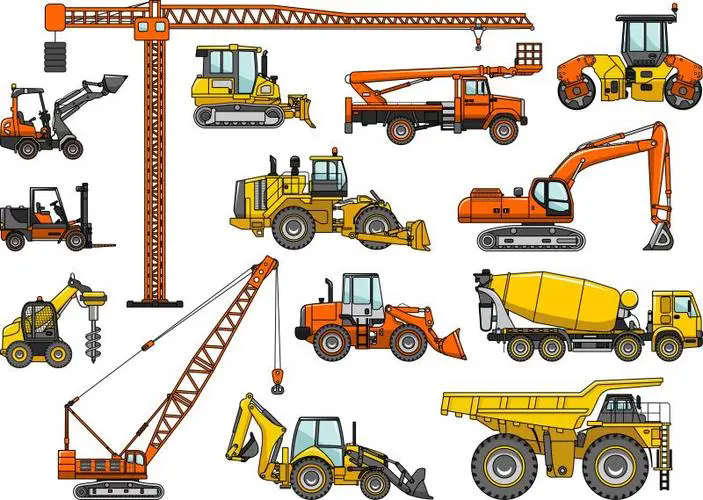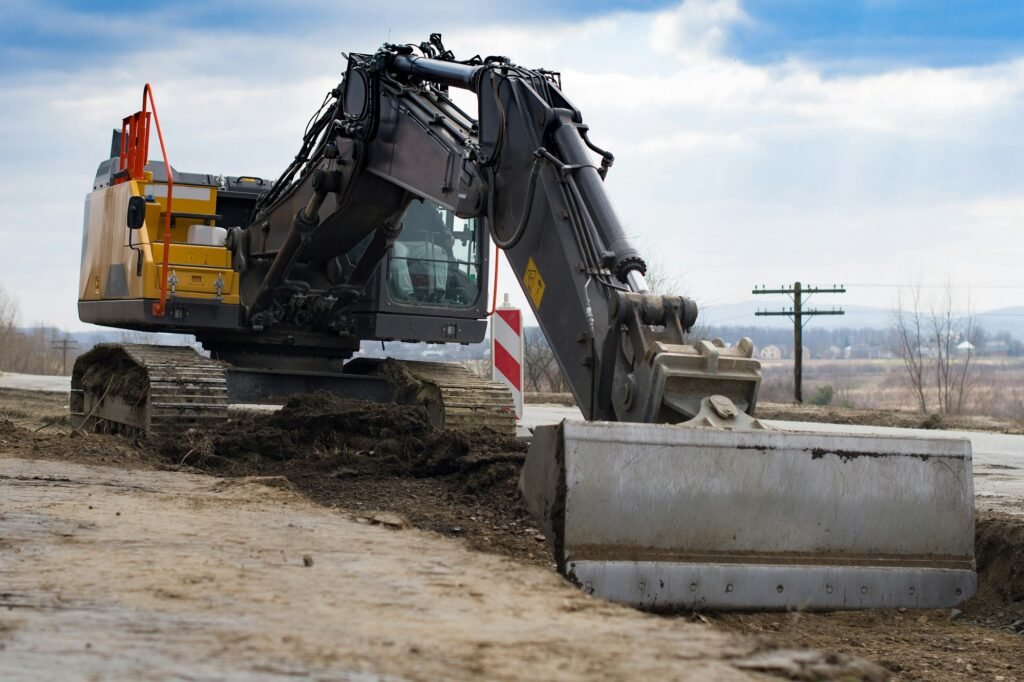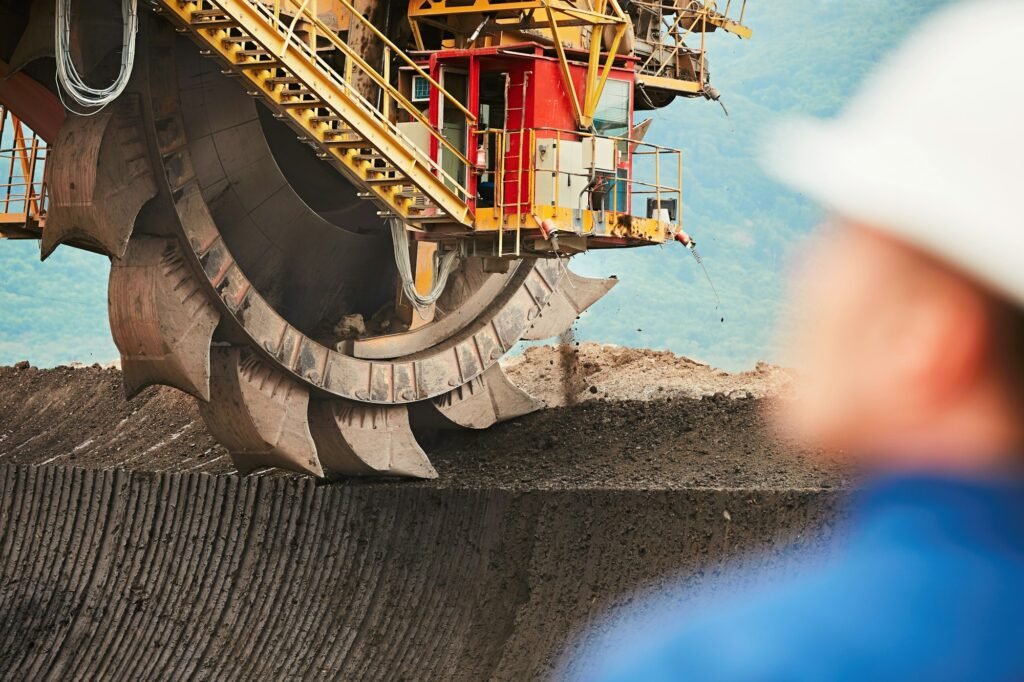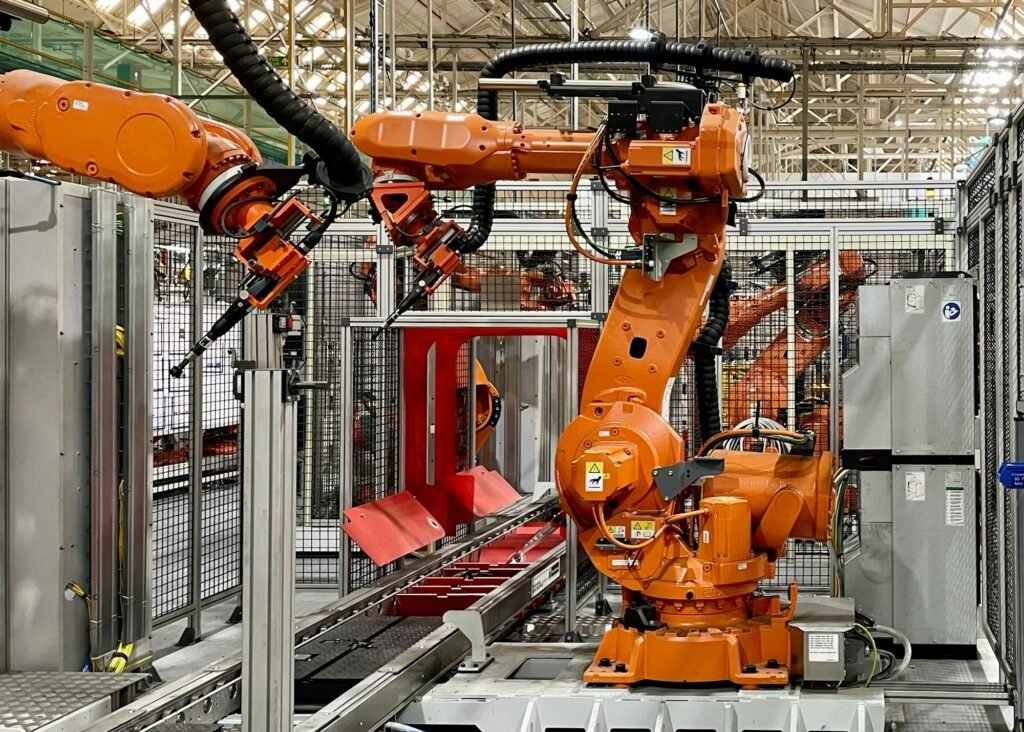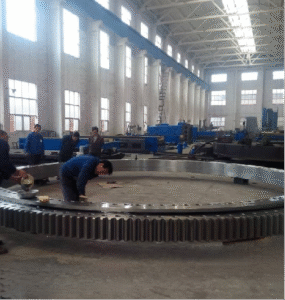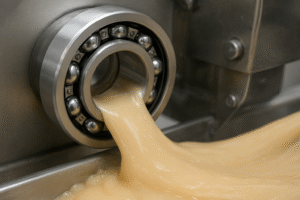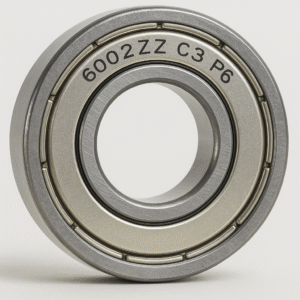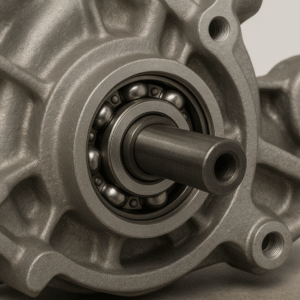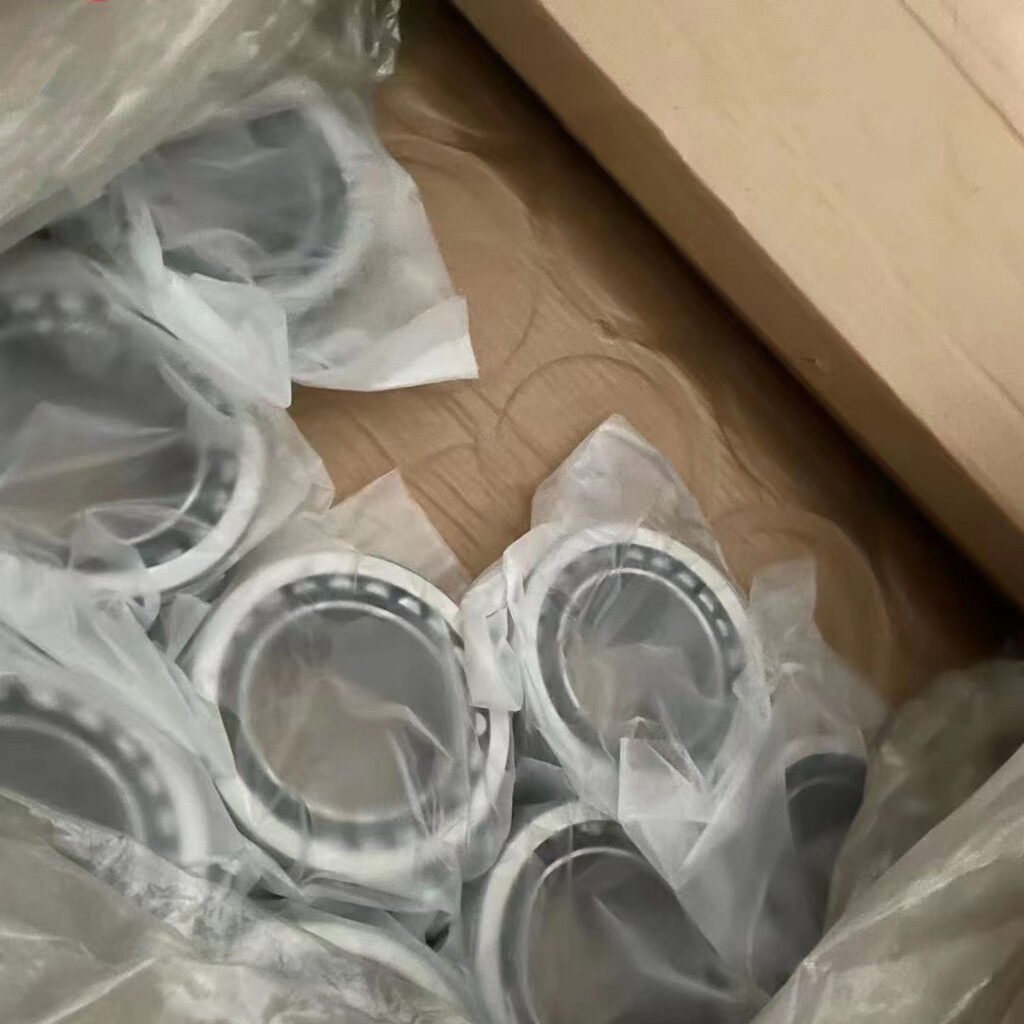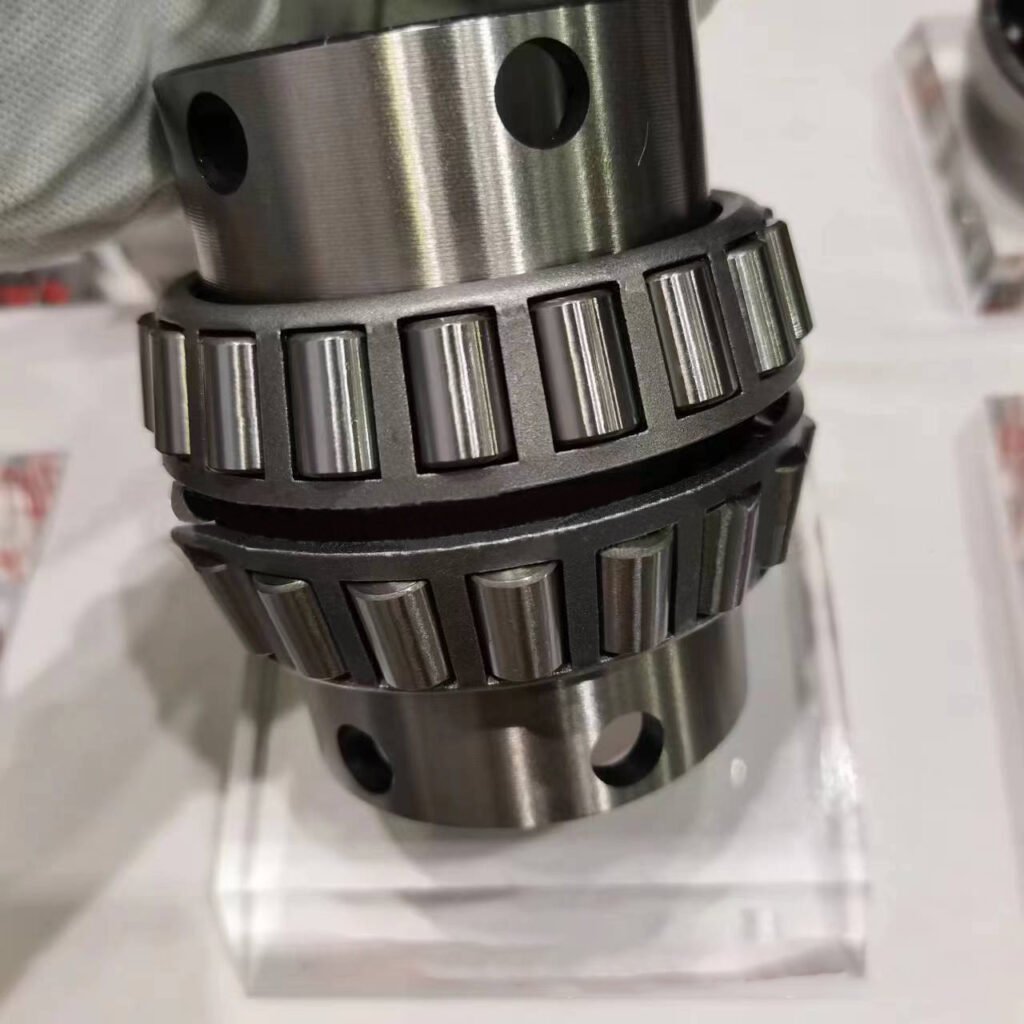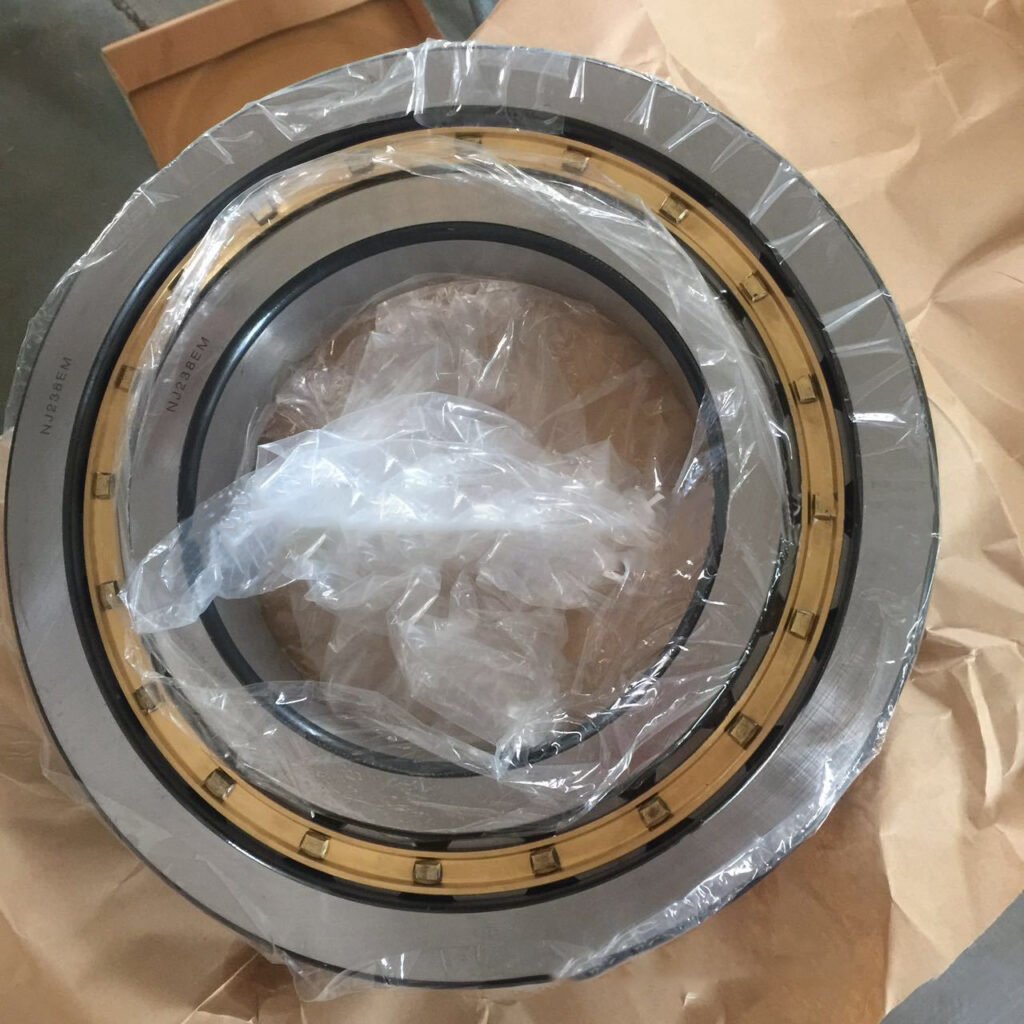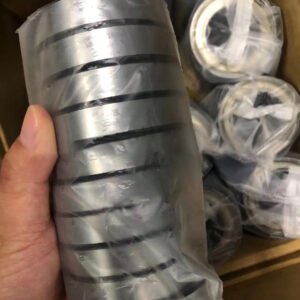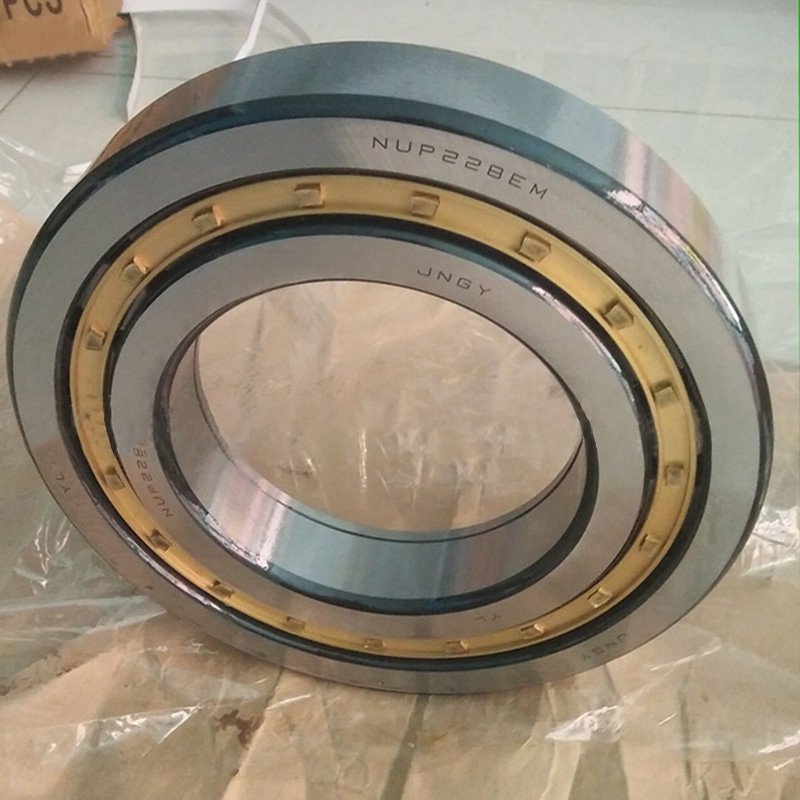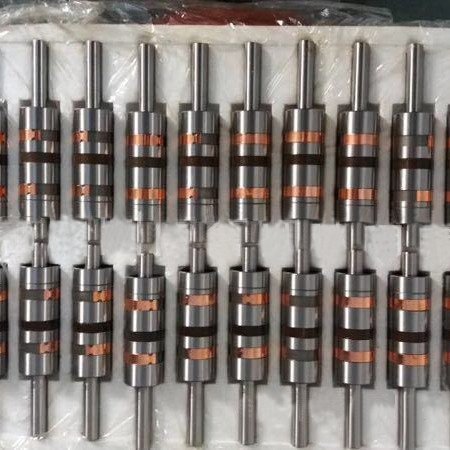Ball screw bearings play a critical role in various industrial applications, particularly in machinery that requires precise linear motion, such as CNC machines, robotics, and automated manufacturing systems. These bearings ensure smooth, accurate, and efficient motion by reducing friction and wear. As a vital component in systems requiring high-performance functionality, understanding how to choose the right ball screw bearing is essential. This guide will walk you through the different types of ball screw bearings, factors to consider when selecting them, and key precautions to take when purchasing.

What Types of Ball Screw Bearings Are There?
Ball screw bearings come in various designs, each optimized for specific applications. The primary types are:
1. Standard Ball Screw Bearings
These are the most commonly used type, consisting of a screw and nut with ball bearings that circulate between them. Standard ball screw bearings are widely used in general machinery and provide a balance between performance and cost.
2. Angular Contact Ball Screw Bearings
Designed to handle both radial and axial loads, these bearings are ideal for applications requiring high precision and high load-carrying capacity. The angular contact design allows them to withstand more significant forces than standard ball screw bearings.
3. Backlash-Free Ball Screw Bearings
These are engineered to eliminate or reduce backlash, which is crucial in applications requiring high precision and repeatability. These bearings are typically used in CNC machines and other automated systems.
4. Miniature Ball Screw Bearings
As the name suggests, these are smaller in size but offer similar functionality as their larger counterparts. Miniature ball screw bearings are suitable for compact machinery where space is limited, such as medical devices or robotics.
5. Double Nut Ball Screw Bearings
Featuring two nuts, these ball screw bearings provide greater load-carrying capacity and increased rigidity. They are typically used in high-load applications where precision and stability are critical.
How to Choose Ball Screw Bearings?
Selecting the right ball screw bearing depends on various factors that impact performance, longevity, and precision. Here are the key aspects to consider:
1. Load Capacity
Determine the load requirements of your application. Bearings come in different load ratings, and it’s crucial to select one that can handle both radial and axial loads efficiently.
2. Precision Requirements
High-precision applications require bearings with minimal backlash and high accuracy. For industries like aerospace, medical equipment, or high-end manufacturing, precision ball screw bearings are essential.
3. Speed and Efficiency
Consider the rotational speed and efficiency required in your application. Some ball screw bearings are designed to work at high speeds, while others are optimized for heavy load-bearing with slower speeds.
4. Size and Space Limitations
Space constraints can play a significant role in your choice of ball screw bearing. Ensure the bearing you select fits the available space and can handle the application’s forces effectively.
5. Lubrication and Maintenance
Ball screw bearings require proper lubrication to reduce friction and extend lifespan. Consider whether your application needs sealed or open bearings and the type of lubrication that best suits your needs.
6. Environmental Conditions
Environmental factors such as temperature, humidity, and exposure to dust or chemicals can impact the performance of your ball screw bearings. Ensure that the bearing material and design are suitable for the operating conditions.
What Are the Precautions for Buying Ball Screw Bearings?
When purchasing ball screw bearings, it’s essential to keep the following precautions in mind to ensure you get the best performance and value:
1. Quality and Certification
Always verify the quality of the ball screw bearings. Ensure they are manufactured according to industry standards and are certified for performance. Low-quality bearings may lead to premature failure, affecting your machinery’s overall efficiency.
2. Supplier Reputation
Work with a reputable supplier who can provide high-quality bearings and reliable customer service. Check the supplier’s experience and expertise in the ball screw bearing industry.
3. Customization Options
In some cases, you may require a customized solution for specific application needs. Ensure that the supplier can offer custom ball screw bearings that meet your unique requirements.
4. Ensure Compatibility
Before making a purchase, confirm that the ball screw bearing is compatible with the rest of the mechanical system, including the ball screw itself. Mismatched parts can cause failure and reduce performance.
5. Cost vs. Value
While it might be tempting to go for the cheapest option, consider the long-term value. Investing in high-quality, durable ball screw bearings may be more cost-effective in the long run by reducing maintenance and replacement costs.
6. Warranty and Support
Look for suppliers who offer warranties and post-purchase support. A reliable warranty will provide peace of mind in case of defects or issues with the bearings.
Conclusion
Choosing the right ball screw bearing requires careful consideration of the specific needs of your machinery and application. Understanding the different types of ball screw bearings, evaluating key factors such as load capacity, precision, and speed, and taking the necessary precautions when purchasing can help ensure optimal performance and longevity for your systems. By focusing on quality, compatibility, and supplier reliability, you can make a well-informed decision and ensure your machinery operates smoothly and efficiently.

